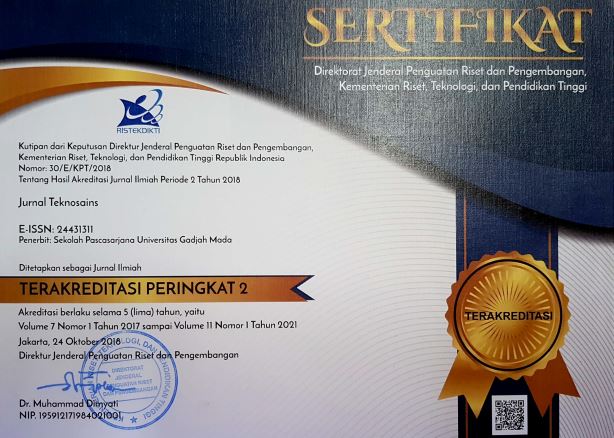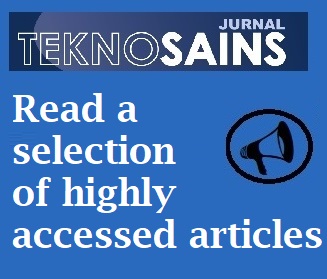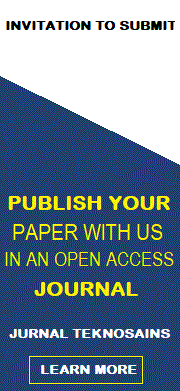PEMETAAN KOLABORATIF SITUASIONAL PADA KONDISI DARURAT
Yusri Habibah Wahyuni(1*), Budi Hartono(2)
(1) Pascasarjana Teknik Industri Universitas Gadjah Mada
(2) Jurusan Teknik Mesin dan Industri Universitas Gadjah Mada
(*) Corresponding Author
Abstract
The first step to do disaster management accurately is getting comprehensive information about disaster. A situational map is the overview of the disaster situation based on geo-spatial information at a particular time. This map is a tool which can gain comprehensive information in emergency. This study aims to complement earlier research with re test confidence level variable that is divided for object detection, type, and location. Besides this study examines collecting information system in emergency situation model that used to be used by police agencies which is using mediator. this study is conducted by experiments that involved 48 participants that were divided in 16 groups. The participants sample consisted of wide variety of different majority and educational level in UGM and non UGM with age range between 19 and 29 years old (Mean = 24; SD = 2.68). The whole experiments are collaboration, collaboration with confidence level and collaboration with mediator. Assessments of experiment accuracy were used three kinds which are checklist, detection and position of objects. Another factor that is considered is prior knowledge of mediator and respondent. This study using α = 5% and ANOVA showed position information more accurate with confidence level model. Other information like checklist and detection could using all model. Prior knowledge have not affected in improving map accuracy.
Keywords
Full Text:
PDFReferences
Badan Nasional Penanggulangan Bencana Indonesia., 2014, Data dan Informasi Bencana Indonesia 2014, [online] tersedia di: http://dibi.bnpb.go.id/DesInventar/report.jsp [Diakses pada 27 Oktober 2014].
Bello, I.E., Ojigi, L.M, 2013, Collaborative web mapping and volunteered geograpic information: a study in Nigeria, Information Technology &data management departement National Space Research and Development Agency (NASRADA), pp. 1-17.
Gao, H.E., Shen, S.L., Turner, J., 2007, A Review of Studies on Collaborative Concept Mapping: What Have We Learned about the Technique and What is Next?, Journal of Interactive Learning Result, pp. 479-492.
Gunawan, L.T., Oomes, A., Neerincx, M., Brinkman, W.P., Alers, H., 2009, Collaborative situational mappig during emergency response, Proceeding of European Conference on Cognitive Ergonomics 2009.
Gunawan, L.T., Oomes, A., Neerincx, M.A., Brinkman, W.P, Alers, H., 2011, Distributed collaborative situation-map making for disaster response, pp. 1-11.
Neis, P., Singler, P., Zipf, A, 2010, Collaborative Mapping and Emergency Routing for Disaster Logistic Case Studies from Haiti Earthquake and the UN Portal for Africa.
Rodrigues, R & Rodrigues, A, 2009, Spatial Operators for collaborative Map Handling, Universidade Nova de Lisboa, pp. 303-310.
Soini, J., Linna, P., Leppaniemi, J., Jaakkola, H, 2009, Toward Collaborative Situational Awareness in a Time-Critical Operational Environment, Proceeding of PICMET 2009, pp. 266-270.
Sulistyowati, K & Chui, Y.P, 2009, Confident Bias in Situational Awareness, Journal of Engineering Psychology and Cognitive Ergonomics, pp. 317-325.
Article Metrics
Refbacks
- There are currently no refbacks.
Copyright (c) 2017 Yusri Habibah Wahyuni, Budi Hartono

This work is licensed under a Creative Commons Attribution-ShareAlike 4.0 International License.
Copyright © 2024 Jurnal Teknosains Submit an Article Tracking Your Submission
Editorial Policies Publishing System Copyright Notice Site Map Journal History Visitor Statistics Abstracting & Indexing









